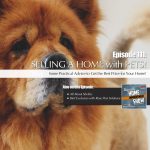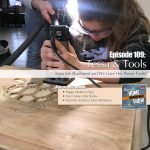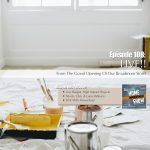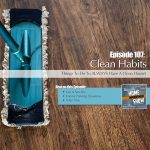LISTEN HERE:
Segment 2: Selling a Home with Pets
Sue and Ginger Prins from Sue Prins Group 5-Star Real Estate are in the studio with us, talking about some little things we pet owners can do to get our homes read to sell for top dollar!
Segments 3 & 4: Bird Exclusion with Rose Pest Solutions
David Popp and Dale Hodgson from Rose Pest Solutions are here to talk about birds. Yes, they’re fun to watch. Yes, they’re beautiful. But they can also be a nuisance when they build nests in our eaves trough or our dryer vents. What do you do if you have geese that are continually threatening you? What about a nest of starlings in the fancy sign hanging over the door of your business? David and Dale have the answers!






